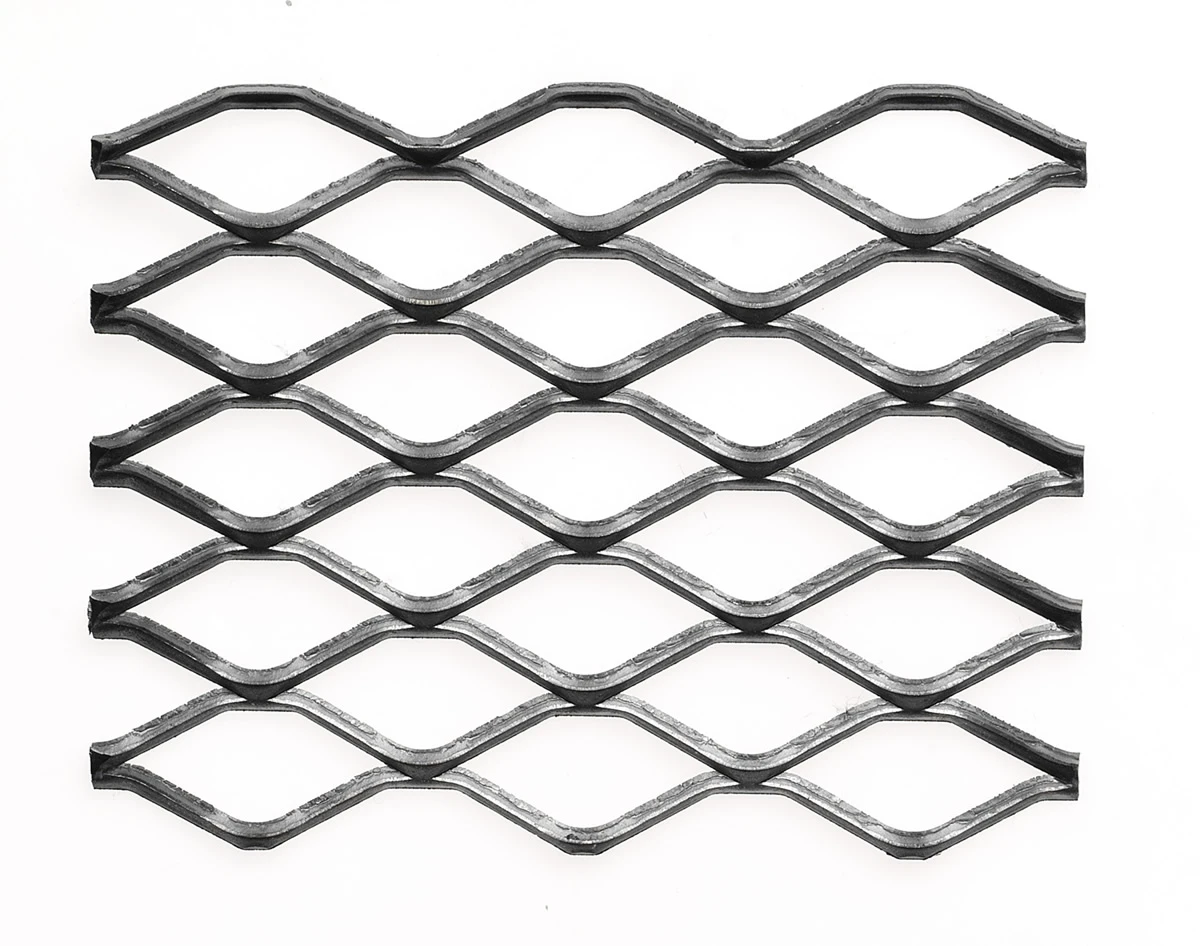What Makes a Good Sound Barrier?
Sound barriers, or noise barriers, are structures designed to block or reduce sound from highways, railroads, and other sources of noise pollution. As urban areas expand and infrastructure develops, the need for effective sound barriers has become increasingly important to enhance the quality of life for residents nearby. A good sound barrier can make a significant difference in noise reduction, contributing to healthier and more peaceful living environments. But what exactly makes a good sound barrier? Several key factors determine its effectiveness material, height, length, design, and location.
Material
The material used in constructing a sound barrier is arguably the most crucial factor in its performance. Various materials can be employed to achieve sound insulation, including concrete, wood, brick, stone, and specialized acoustic panels.
Concrete is often favored for its mass and density, which provide effective sound blocking properties. It is strong and durable, making it suitable for long-term use. However, its weight can also make installation challenging.
Wood offers aesthetic benefits, blending more naturally into residential areas, but it generally has lower sound insulation properties compared to denser materials. Acoustic panels, made from porous materials, can absorb sound rather than blocking it, which can be useful in specific contexts, potentially reducing echoes and reverberations.
Height
The height of a sound barrier plays a crucial role in its effectiveness. A barrier needs to be tall enough to block the direct line of sight between the noise source (like a highway) and the receiver (such as a home). Generally, the higher the barrier, the more sound it can block.
Research suggests that barriers should ideally be at least 1.5 times the height of the noise source for optimal performance. However, excessively tall barriers can be visually obtrusive and may face regulatory and community opposition. Therefore, striking a balance between effectiveness and community aesthetics is essential.
Length
what makes a good sound barrier

The barrier's length is also a critical factor. A sound barrier needs to span the entire length of the noise source to effectively attenuate sound across a broader area. Even small gaps can significantly diminish the barrier's overall performance. Continuous barriers can prevent sound from bypassing them, ensuring that residential zones benefit fully.
In some cases, open spaces or vegetation can provide additional noise management strategies. For instance, trees and bushes can act as supplementary sound deflection and absorption elements, especially in conjunction with solid barriers.
Design
The design of the sound barrier influences both its visual impact and acoustic properties. A solid, flat barrier can effectively block sound, but it may not be visually appealing. Designs incorporating curves or angled surfaces can help reflect sound waves away from residential areas and provide a more attractive backdrop.
Furthermore, incorporating aesthetic elements such as greenery, murals, or lighting can reduce the visual impact of barriers and promote community acceptance.
Location
Finally, the placement of the sound barrier is vital. Barriers should be situated as close as possible to the noise source for maximum effectiveness. However, the terrain and local zoning laws can influence where barriers can be installed.
In hilly areas, for example, the natural topography can impact sound propagation, potentially reducing the barrier's effectiveness if not properly aligned with the noise source. Moreover, understanding local noise patterns can help determine the best locations for barriers.
Conclusion
In conclusion, a good sound barrier is defined by several interrelated factors, including the choice of material, height, length, design, and location. While the primary function of these barriers is to minimize noise pollution, their success can significantly depend on thoughtful design and implementation that balances effectiveness with community aesthetics. As urban areas continue to grow, investing in high-quality sound barriers becomes increasingly crucial for improving public health and the overall quality of life in densely populated regions. By understanding these factors, urban planners and engineers can create solutions that not only protect residents from noise but also enhance their living environments.
-
Turn Down the Noise: The Future of Highway Sound Barriers
NewsApr.09,2025
-
Silence the Sound: The Power of Highway Noise Barriers
NewsApr.09,2025
-
Reduce Road Noise Effectively with Highway Noise Barriers
NewsApr.09,2025
-
Noise-Free Living: How Highway Barriers Make a Difference
NewsApr.09,2025
-
Engineered for Silence: Highway Noise Barriers for Every Road
NewsApr.09,2025
-
Effective Noise Control: Highway Barriers for a Quieter Tomorrow
NewsApr.09,2025
Subscribe now!
Stay up to date with the latest on Fry Steeland industry news.

